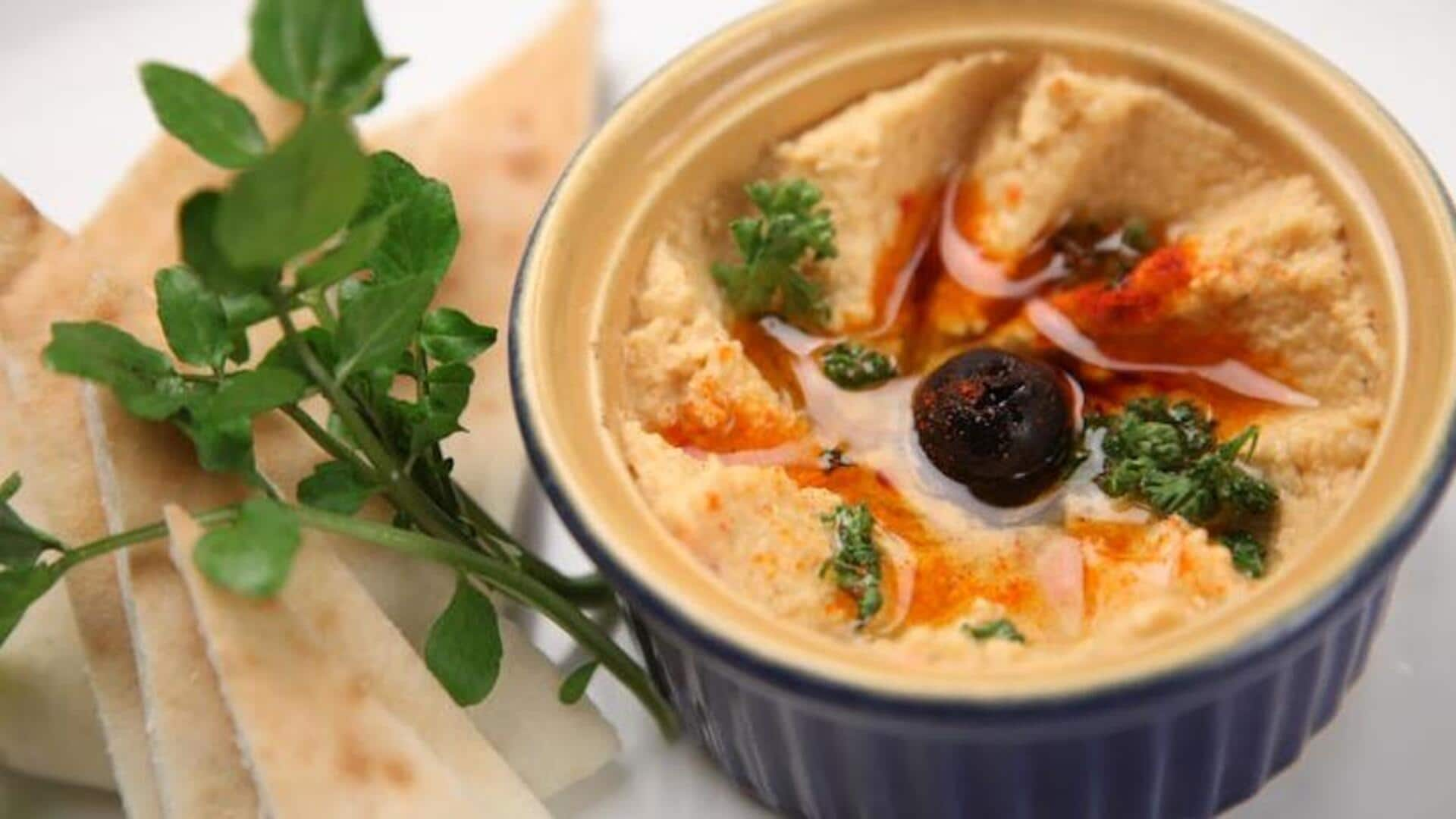
Tracing the journey of hummus: History, origin, and more
What's the story
A creamy blend of chickpeas, tahini, lemon juice, and garlic, hummus has become a staple in kitchens all over the world. The dish originated in the Middle East and has been a favorite for centuries. However, hummus has long transcended cultural boundaries, making its place in global cuisine. Here's how hummus went from traditional Middle Eastern tables to becoming a beloved dish across continents.
Historical roots
Ancient origins and cultural significance
Hummus is believed to have originated in the Levant region, more than 700 years ago. It carries cultural significance as a symbol of hospitality, and community gatherings. Traditionally served with pita bread or vegetables, hummus was an essential part of meals shared among family and friends. Its simplicity and nutritional value made it popular in Middle Eastern cultures.
Global variations
Modern adaptations across continents
As hummus spread around the world, it was adapted in various ways to suit local palettes. In Europe and North America, chefs started getting creative with flavors, adding ingredients such as roasted red peppers or sun-dried tomatoes. These modern takes on traditional recipes helped popularize hummus among new audiences, while retaining its essence.
Nutritional appeal
Health benefits driving popularity
The global shift towards health-conscious eating has greatly played a part in bringing hummus into the limelight. The dense protein and fiber content, sourced from chickpeas, along with healthy fats from tahini, make the dish an appealing option. This combination caters to those looking for nutritious options without compromising on the taste, matching contemporary eating habits of wanting it all - flavor and health.
Market expansion
Commercialization boosting accessibility
The commercialization of packaged hummus products has made them more accessible to consumers across the globe. Those who wouldn't have access otherwise, owing to geographical limitations or lack of culinary expertise, can now find homemade versions readily available. Supermarkets across the board are stocking a wide range of flavors, catering to diverse palates. This ensures continued growth in demand for this versatile dip and spread alike.